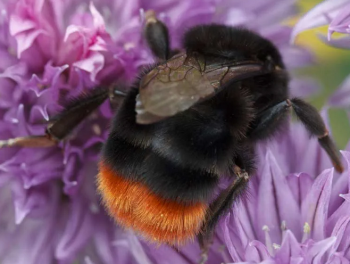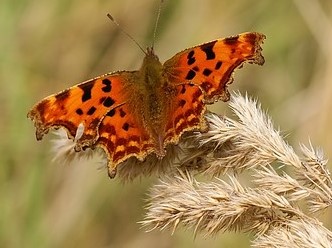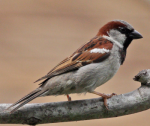
On the 18th February whilst digging, during a welcome blink of sun, this encouraged the frogs in Alberts pond to croak repeatedly. It also spurred the sparrows to start flirting, the brownish black headed cocks, were desperate to impress their ladies. Choice seeds were being laid gently in front of the lady of their hearts desire, to either be peck up immediately or rejected with scorn by her.
I haven’t seen the goldfinches for at least ten days, anticipating spring, they’ve probably disappeared to the countryside. My allotment owner, not RGS or the council – the owner is called robin redbreast, surprised me, turning up with a companion, both quite enthusiastically and amicably, following me as I dug and moved pots, cleared away dead material. They had a beano on small worms, beetles and much else, so-much-so they only had a little of the cheddar from my sandwich.



On the same day I discovered a red-tailed bumblebee comatosed on the path. I think a wing was damaged, never-the-less it was a welcome sign of spring. Two of our enthusiastic lady plot holders, excitedly told me they’d seen a butterfly. From their description, it sounds as if it was probably a small copper – Lycaena phlaese, but on this I could be totally wrong. All plot holders should be aware – their sheds on the plots are ideal place for insects to hibernate. During late autumn and winter, the shed offers inside, a dry area full of neuks and crannies. They can spin their cocoons with some security, no birds beak will come probing for them. I am guessing, but the I suspect the butterfly probably developed from a cocoon spun in a shed with a fair bit of glass, near the big apple tree at the top of the allotments. During sunny periods, the elevated temperature speeded up its development, hence the early appearance.
with thanks to Bill Young

